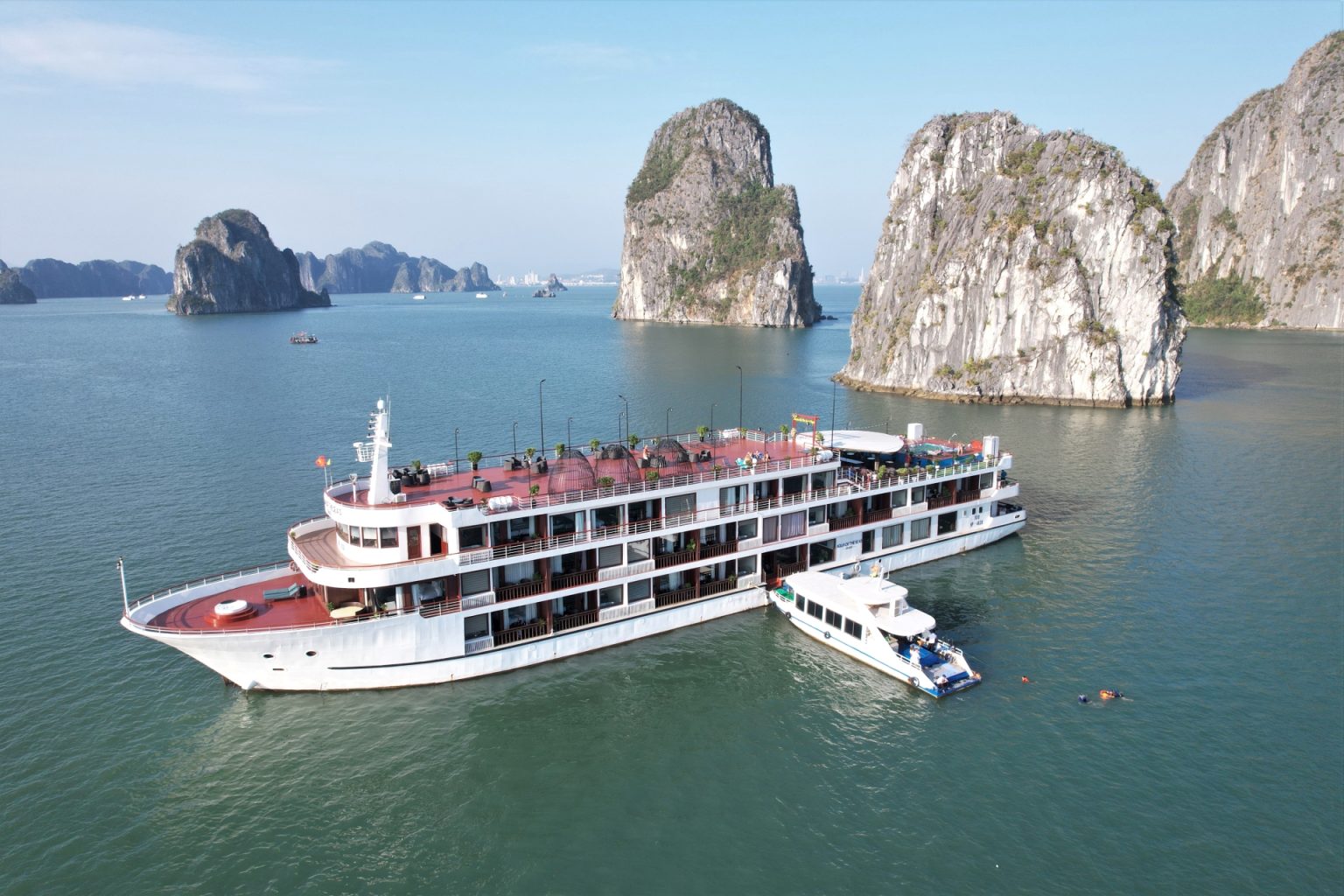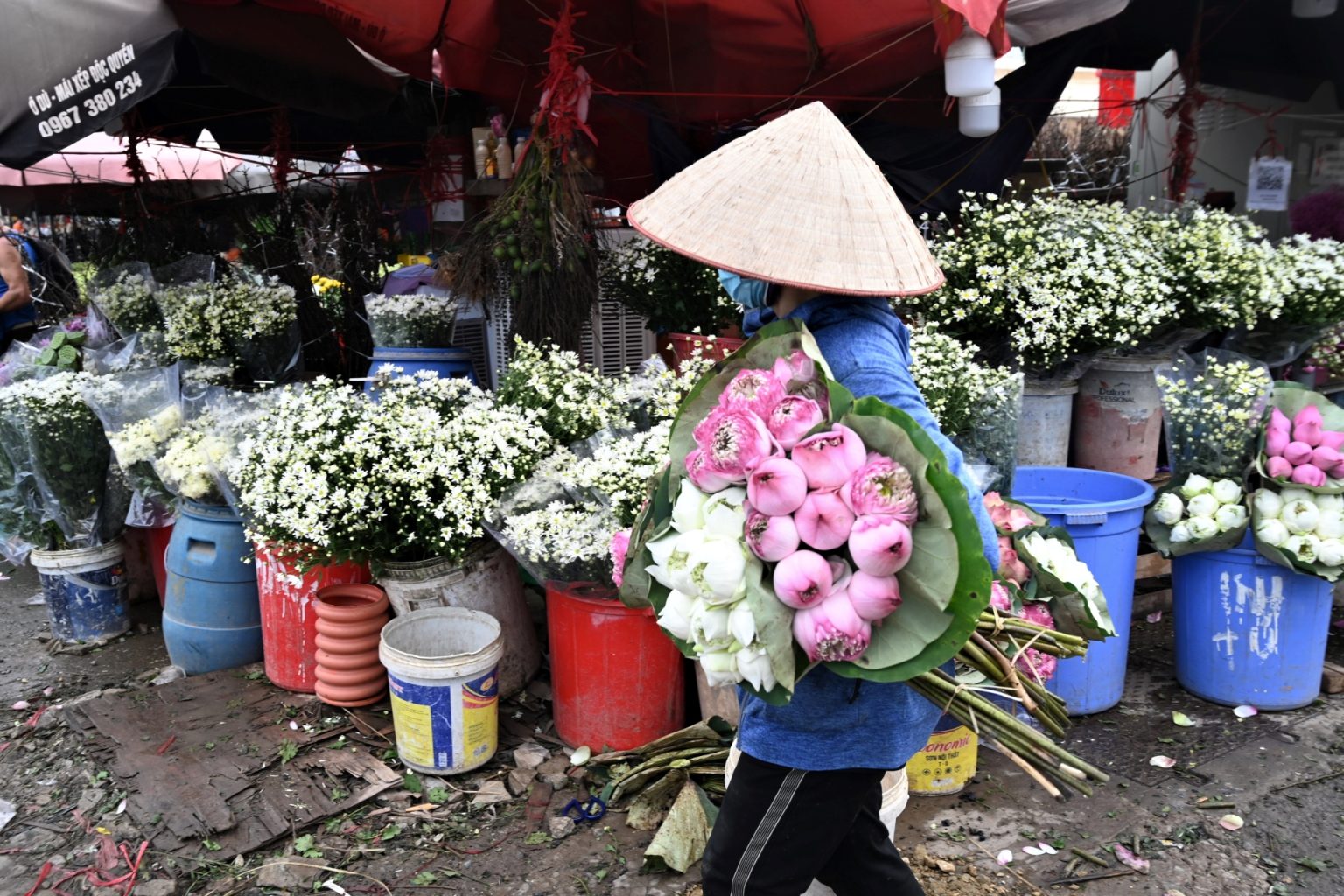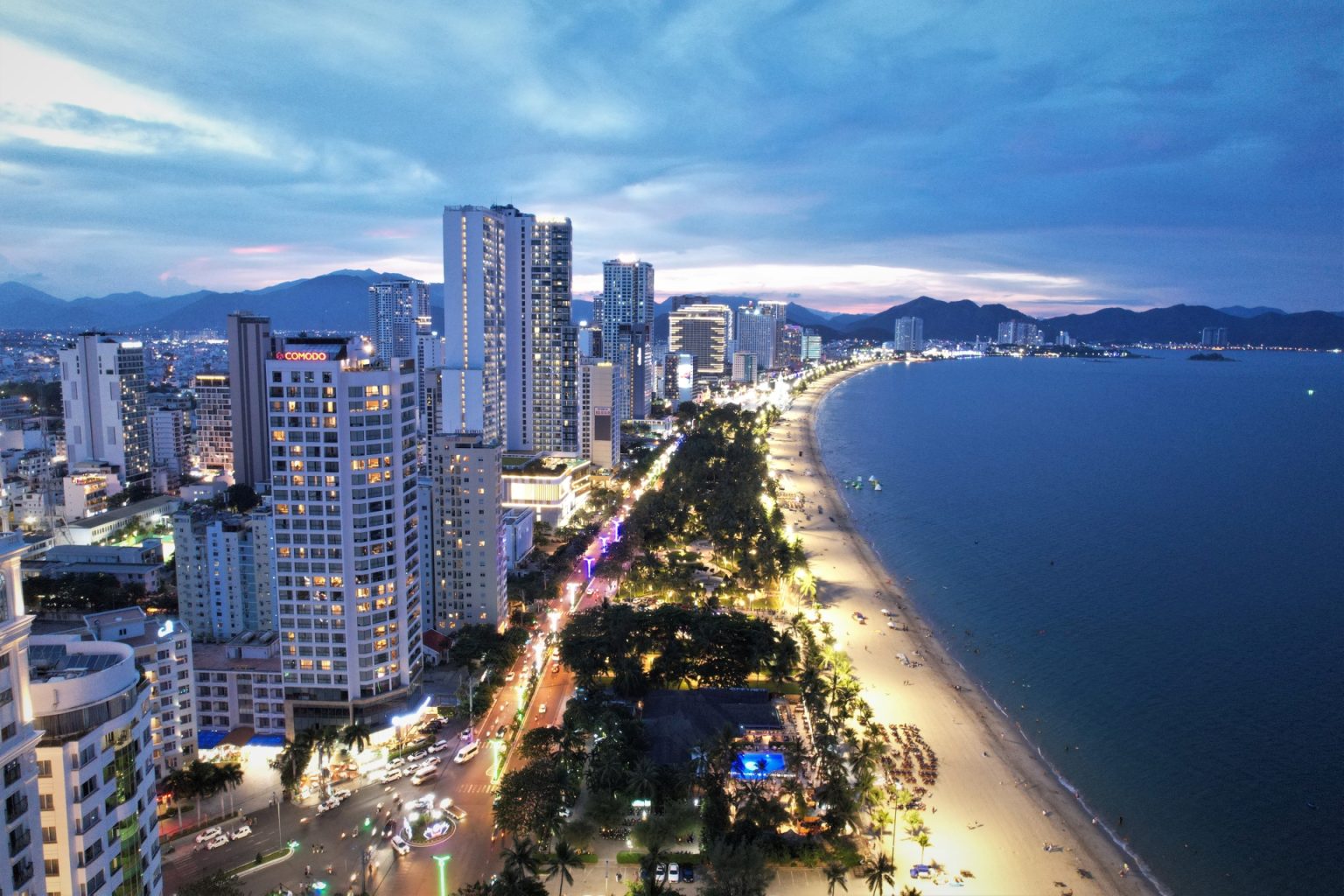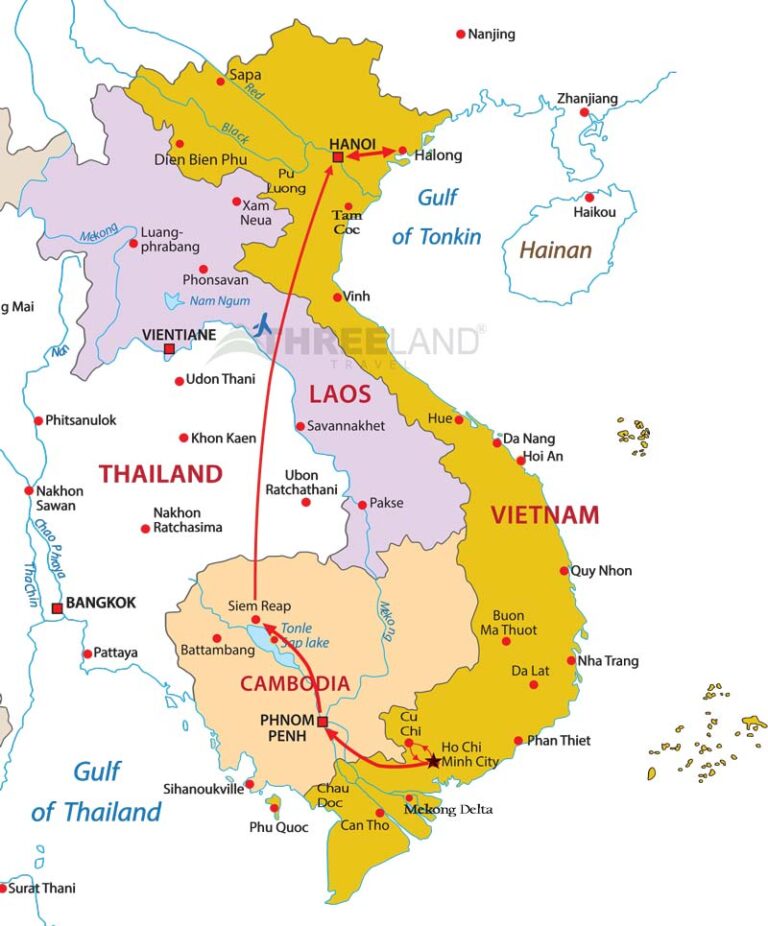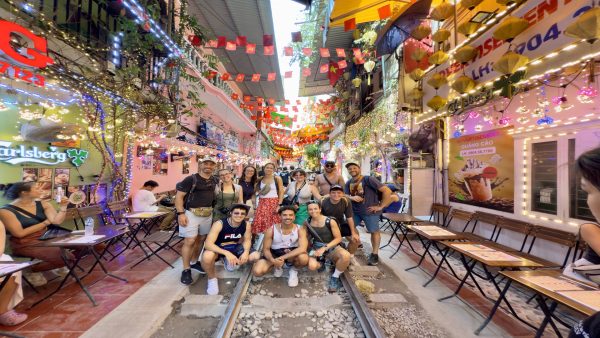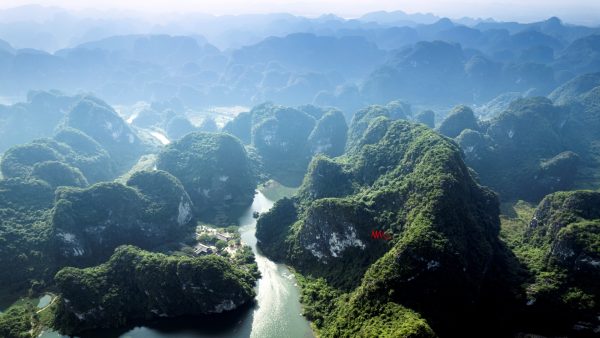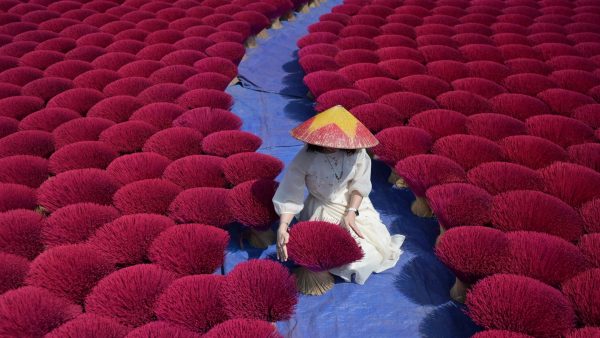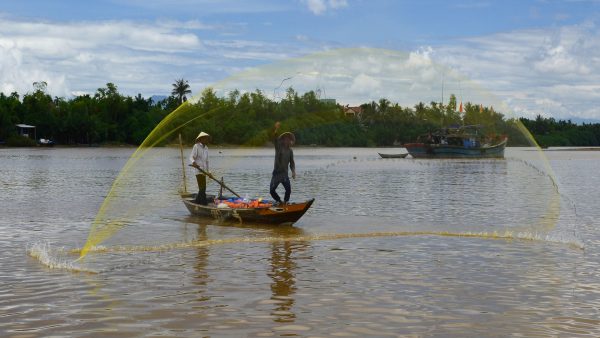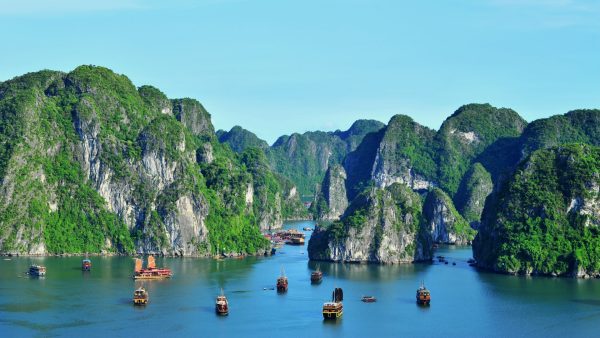Begin your first day in Hue with a visit to the royal tombs. The Minh Mang Tomb is a grand imperial mausoleum dedicated to Emperor Minh Mang, the second ruler of the Nguyen Dynasty. Part of the UNESCO-recognized Royal Tombs of Hue, this impressive complex features 40 architectural structures thoughtfully arranged in harmony with the surrounding natural landscape. Highlights include the majestic Dai Hong Mon Gate, the elegant Minh Lau Pavilion, and various temples, courtyards, and sanctuaries that embody the emperor’s philosophical and spiritual ideals. Nestled amid lush gardens, pine forests, and a serene lake, the tomb offers a tranquil setting that reflects the poetic soul of Vietnam’s imperial past.
Often regarded as the most poetic of Hue’s royal mausoleums, Tu Duc Tomb was envisioned by Emperor Tu Duc as both a serene retreat during his lifetime and his eternal resting place. Spanning an expansive area, the complex features nearly 50 elegant structures, all thoughtfully arranged in a landscape of tranquil beauty. Key highlights include the Vu Khiem Gate, Khiem Cung Gate, the peaceful Luu Khiem Lake, and the emperor’s final resting site at Khiem Mausoleum. The harmonious blend of refined architecture, natural elements, and lyrical design reflects Tu Duc’s artistic sensibilities and makes this tomb one of Hue’s most exquisite and contemplative sites.
Known for its grandeur and dramatic design, Khai Dinh Tomb—also called Ung Tomb—is the most opulent of Hue’s royal mausoleums. Built for Emperor Khai Dinh, this striking site sets itself apart with its bold fusion of Vietnamese, Chinese, and European architectural styles. Unlike the serene natural settings of Minh Mang and Tu Duc Tombs, Khai Dinh’s tomb impresses with ornate mosaics, towering stone statues, and intricately carved interiors. Its dark concrete façade, vibrant ceramic inlays, and steep staircase make it a visually stunning symbol of East-meets-West aesthetics and imperial ambition.
Depending on the weather or your health, you may choose to visit any or all the tombs. Then, move to a local restaurant for lunch and relax for a while before you’ll explore a part of busy daily life of the local people in Hue.
For an authentic taste of local life in Hue, a visit to Dong Ba Market is a must. Established in 1887 during the reign of King Dong Khanh, it is one of the city’s oldest and most bustling marketplaces, rich with history and vibrant energy. Wander through its lively aisles to discover a wide range of goods—from clothing and household items to souvenirs, handicrafts, and a colorful array of fresh and dried foods. Don’t miss the chance to sample iconic local dishes like Bun Bo Hue (spicy beef noodle soup) and Banh Beo (steamed rice cakes), making it a paradise for food lovers and cultural explorers alike.
Then, we’ll pay a visit to Thuy Xuan Incense Village offers a unique and immersive look into one of Hue’s oldest traditional crafts. Known for its rows of vividly colored incense sticks arranged like blossoms in full bloom, the village is a visual and cultural highlight.
Here, you can engage in a hands-on incense-making experience, guided by skilled local artisans who will share the cultural and spiritual significance of their craft. The blend of artistry, tradition, and sensory delight makes this a memorable and meaningful stop on your Hue journey.
Breakfast, lunch, and dinner. Overnight in Hue






